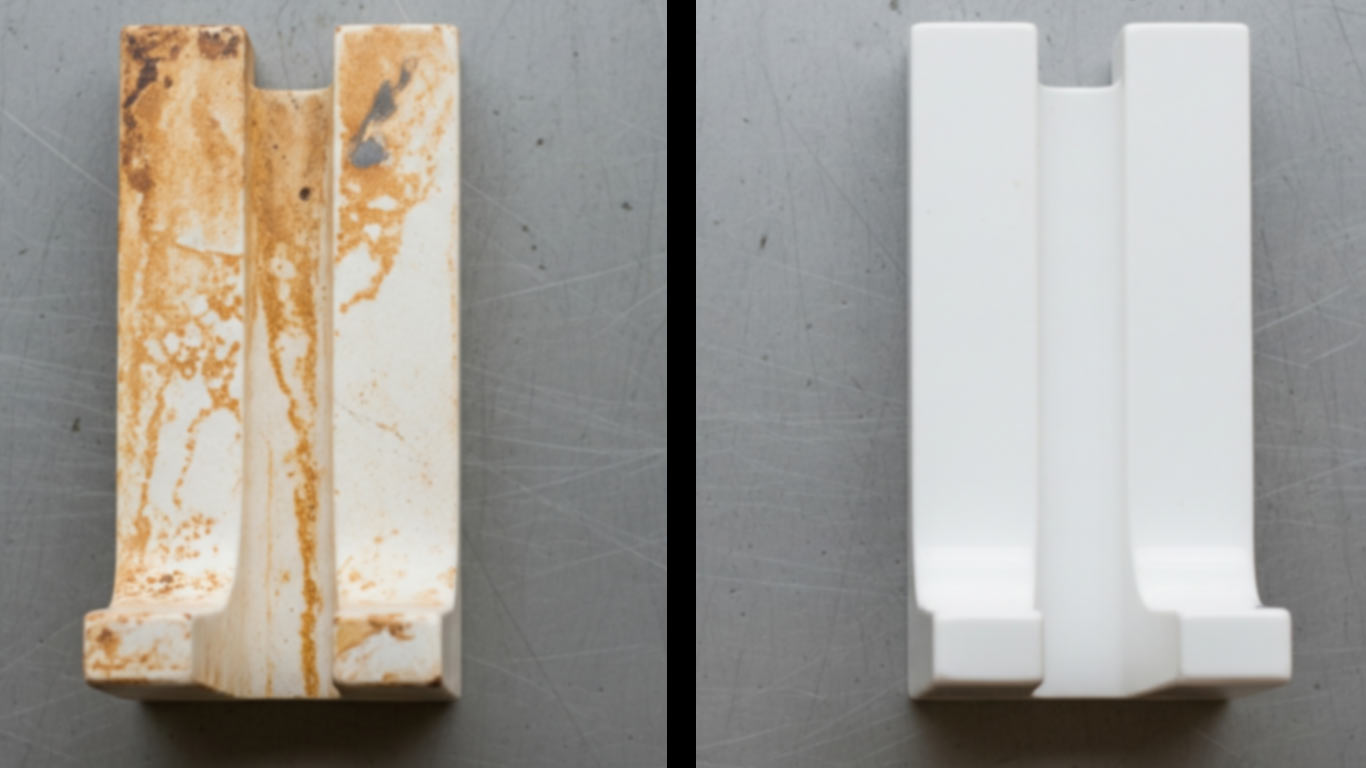
FDA
FDA 21 CFR 1040.10 - Laser Product Performance Standards



Polyester resin composites offer solid strength and corrosion resistance at a much lower cost than epoxy-based options, enabling automotive and marine teams to create lightweight structures that withstand tough conditions without sacrificing performance or fabrication ease.
Looking closely at the contaminated surface, I've seen how dirt clings tightly to the fibers. Grimy particles scatter unevenly across the rough texture. This buildup hides the material's true structure completely.
After laser treatment, the surface reveals clean, exposed fibers without any residue. Smooth areas now dominate the once-cluttered view. I've found this restores the composite's natural clarity effectively.

FDA 21 CFR 1040.10 - Laser Product Performance Standards

ANSI Z136.1 - Safe Use of Lasers

IEC 60825 - Safety of Laser Products

OSHA 29 CFR 1926.95 - Personal Protective Equipment
License: Creative Commons BY 4.0 • Free to use with attribution •Learn more